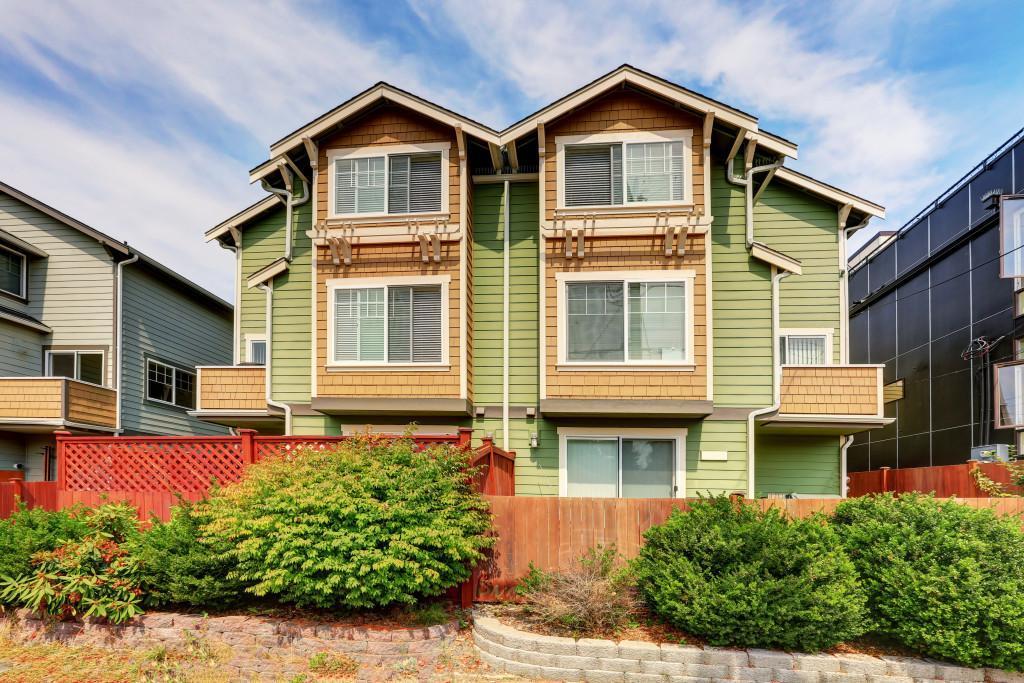Ever heard the saying “A man’s [or woman’s] home is his [her] castle”? It holds a lot of truth in the sense that your house is a place for you to feel safe and relaxed, as well as something to take pride in. Because what’s better than people praising how well decorated and organized your place is? Even more flattering is when people pay above and beyond the market price because of the irresistible look your house has. In short, your property is an investment that has the potential to give back to you over and above what you’ve invested in it. But how do you go about doing that?
Two words: curb appeal.
According to Kristine Hansen from MarthaStewart.com, curb appeal refers to “the way your house looks from the street” and is the first impression potential buyers will have of your house. This is why it’s essential to ensure that there are no faded exterior paint jobs, the gutter isn’t hanging off the roof, and the windows aren’t streaky with dirt. If you’re looking for ways to up your curb appeal and want to know whether you can DIY these projects on your own, we give you four renovation projects that will be worth the cost.
1. Change Up Those Walls
An exterior paint job will cost around $5,000, while changing the exterior siding might cost up to $9,000 when done professionally, according to Glenda Taylor of Bobvila.com. But fear not! Remodeling Magazine estimates that you’ll be able to get an ROI of around 95 percent after sprucing up your front exterior. Plus, the front of your house will be what piques the interest of any potential buyers.
2. Spruce Up the Green
Nothing looks more straightforward on the eye than a fresh green lawn. Taking care of your lawn is something that might be a bit tiresome in the beginning. But a little elbow grease and investment in weed killers and lawn fertilizers every year (around $375 according to Taylor) will up the value of your property by a whopping $1,000, which is a pretty nice 267 percent return on investment.
If you have the budget, you can also opt to invest in professional landscaping for your lawn. This will cost roughly around $6,000 for things such as installing a brand-new walkway, getting new planters, mulching, and planting some flowering shrubs and a tree. That might be a lot of work, but this can get you up to 86 percent in return.
3. Enhance Your Security

Investing in upgrades to your home isn’t limited to prettying it up. There are ways for you to up the market value of your home while also ensuring your family sleeps more securely, knowing that you installed some extra security measures. Consider upgrading your front door to a steel one, which is around $1,800 but will get you almost 75 percent back based on figures from Remodeling Magazine.
Another way to increase security is by installing a roller door garage from a professional roller door service provider. Roller garage doors are considered the most secure in the industry and will cost you around $3,600, but you can get around a 98 percent ROI on this investment.
4. Focus on Outdoor Spaces
Another surefire way to raise your market value is to take the time and effort to install a backyard patio or an outdoor fire pit on your property. These expansions enhance your outdoor living space, which increases the value of your home and gives you additional areas to spend time with guests and create memories. Be ready to shell out $6,000 for an outdoor fire pit and around $7,200 for a backyard patio installation, though. You will, however, be able to get around 67 percent and 6 percent ROI for each respectively.
At the end of the day, whether you decide to go for professional or DIY upgrades, renovating your house is a plus for you. It might seem like throwing money away, but this elevates your house value, should you ever decide to move and sell your property. It also enables you to design your property to your liking, letting you add your personal touch here and there. And having a house you’re proud of will let you invite more friends over or let you host a guest now and then.
Whatever your decision is, make sure to have a plan and budget in place first before undertaking any renovations. The end goal is to make sure you get a return on your investment, and that’s much harder if ever you had to stop a renovation project in the middle.

